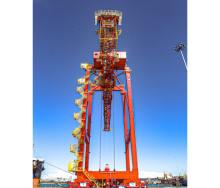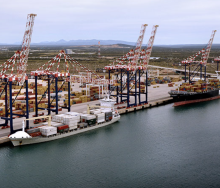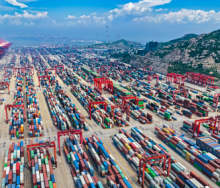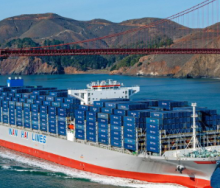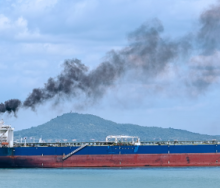Capacity expansion across the board is believed to be continuing to add pressure on liner freight rates, with the average price for a forty-foot unit recorded at US$3 894 on Monday morning, March 27.
This is less than half the spike to which rates soared at the height of the coronavirus pandemic, when rates climbed to an all-time high of $8 000 per FEU and more.
It is furthermore expected that rates will decrease even further because of under-utilisation on main rotations, especially between northern Europe and the United States.
Currently, vessels on primary trade lanes are said to be only 60% loaded, or less.
Indicators are that this situation is also not set to change any time soon, as 29.5% of the global maritime order book is in containerisation.
That’s according to data and analysis portal, Clarkson’s Research.
The liquid natural gas industry is currently the only sector with more vessels on its order book than the global container fleet.
Predictions that rates could decrease even further to about $2 000 are therefore widely regarded as very likely.
So different is the current line trade scenario to where it was prior to the war in Ukraine, that contract cargo appears to be in a bit of a tailspin.
When rates climbed to unprecedented levels as Covid lockdowns eased and supply chain recovery was under way in earnest, lines like Maersk indicated that they would focus on beneficial cargo owner loads, much to the chagrin of freight forwarders looking for spot allocations.
How quickly things have changed.



